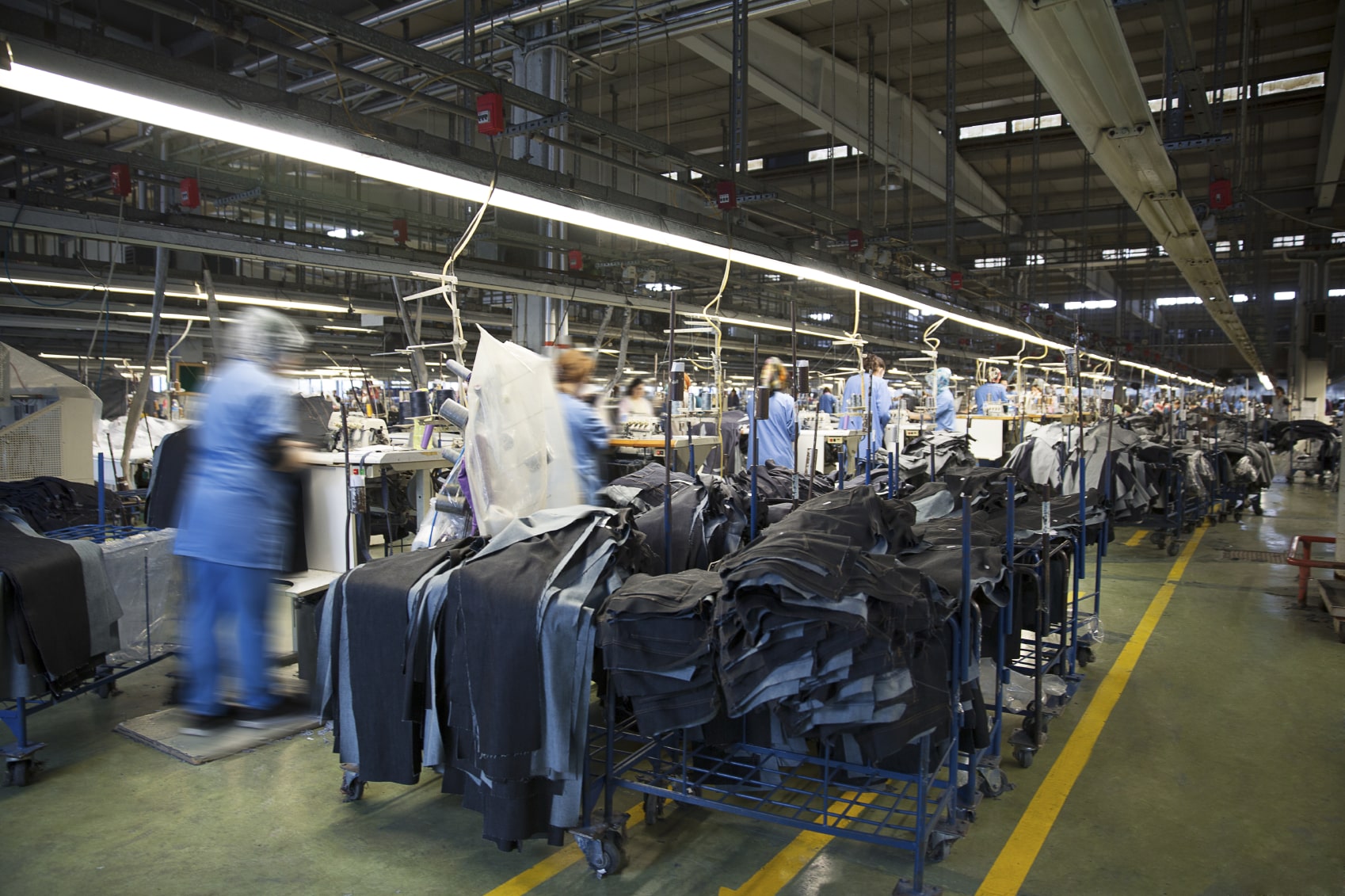- Home
- Science
- Our Work
- Air Pollution
- Agriculture, Farming and Pesticides
- Asthma and other Lung Diseases
- Coronavirus Pandemic (COVID-19)
- Exposure to Chemicals and Dust
- Exposure to Nanomaterials
- Human Exposure
- Neurodegenerative Diseases
- Musculoskeletal Disorders
- Occupational Cancer
- Sustainable Working
- Sustainability and Climate Change
- Stress, Wellbeing and Psychosocial Issues
- COVID-19 IOM Study of Face Coverings in Retail Environments
- Styrene Study
- PROTECT COVID-19 National Core Study
- Firefighters and Cancer – IOM Report
- MORtality Study of Former Professional Footballers in England and Wales (MORSE) Study
- Our Scientists
- Our Expertise
- Nano Material Services
- Development and Management of Data and Information Systems and Services
- Ergonomics Design and Evaluation
- Epidemiological Studies & Methods
- Exposure Assessment
- Health Impact Assessment (HIA) and Risk Assessment
- Policy Evaluations
- Study Design and Statistical Analysis
- Systematic Reviews and Meta-analyses
- Toxicology
- Workplace Cluster of Disease
- IOMLIFET
- IOM Scientists Advocate Tighter Standards for Airborne Dust at Work
- Research Project on Work Related Musculoskeletal Disorders
- Styrene Study
- Firefighters and Cancer – IOM Report
- IOM Library
- Contact our Research Experts
- Our Work
- Occupational Hygiene
- Case Studies
- Air Quality Sensors
- COSHH Assessment
- Dust Exposure
- Environmental Management
- Face Fit Testing
- Hand-Arm Vibration
- Indoor Air Monitoring
- Laboratory Animal Allergens
- Legionella Risk Assessment
- Local Exhaust Ventilation
- Noise Monitoring
- Thermal Exposure Monitoring
- Workplace Exposure Limits (WELs)
- Welding Fumes
- Remote Monitoring Services
- Formaldehyde Exposure Monitoring
- Biological Agent Exposure Monitoring in Waste Management
- Chromium VI
- Occupational Hygiene – Quick Quote
- Lab Services
- Asbestos and other Fibres
- Asbestos Sample Testing
- Asbestos Proficiency Testing
- Dust and Crystalline Silica
- Lead in Paint
- Metals, acid anions, acid gases
- Microbiology
- Pharmaceuticals
- Solvents & Other Organic Chemicals
- Hazard Assessment and Toxicology
- Dustiness Testing of Bulk Powders
- Lab Services Quick Quote
- Training
- Courses
- Face Fit Tester Training – Combined 2-day Course
- Face Fit Tester Training – Day 1 Qualitative Test Method
- Face Fit Tester Training – Day 2 Quantitative Test Method
- One Day Ventilation Maintenance Course
- BOHS Five Day Authorised Person (Ventilation) Course
- BOHS Three Day Competent Person (Ventilation) Course
- BOHS Two Day Competent Person (Ventilation) Refresher Course
- Contact our Training Team
- Courses
- Hospital Ventilation
- Authorising Engineer
- Dentistry Post Lockdown
- Design Review
- Independent Review
- Diathermic pen and Electro surgical tool testing
- Microbiological Monitoring
- Systems Refurbishment and Upgrade
- Validation and Verification Testing
- HSE COVID-19 Spot Check Inspections
- Training
- Contact Our Hospital Ventilation Experts
- Consultancy
- Our Company
- Contact Us

Epidemiological Studies and Methods
Our goal is to better understand the causes of human health risks from occupational and environmental exposures.
Every day of our lives we encounter occupational and environmental exposures from chemicals, biological agents, stress, electronic devices, and many other sources. For some agents, we have a strong understanding of the consequences of exposure. However, for many hazards, there is a scarcity of direct human evidence of how people can be harmed. Therefore those who regulate and manage workplace and environmental risks often have to rely on extrapolation from toxicological studies.
Epidemiological investigations provide a way to help identify hazards and to characterise risks in humans. They rely on identifying associations between specific exposures and health conditions in defined human populations.
We have carried out epidemiological investigations since its inception, with the most important study having been the Pneumoconiosis Field Research study of coal miners, which confirmed the relationship between exposure to coal dust and the subsequent development of pneumoconiosis. We have also carried out studies of quarry workers, coke oven workers, and ceramic fibres workers. More recent examples include workers exposed to rubber, lead, hard-metal, and styrene.
Workers, employers, and governments, as well as the general public, need reassurance that health risks are properly controlled and that people are not being harmed by the work they do or from the environment where they live.
We carry out research, including methodological development, to better understand these risks, using a multi-disciplinary team of scientists with specialist knowledge of:
- Epidemiology
- Exposure science
- Toxicology
- Ergonomics
- Psychology
- Statistics
Since our inception, we have undertaken occupational and environmental epidemiology studies. We have numerous historic studies and staff with a range of scientific skills that enables us to carry out leading-edge epidemiological investigations.
Key projects
- Pneumoconiosis Field Research study
- Coke oven workers cohort study
- Cohort study of British workers with blood lead measurements
- Case-control study of workers in the semiconductor industry
- Cohort study of workers in hard-metal industry
- Cohort study of workers in the rubber and cable manufacturing industry
Sponsors we have worked for
- Health and Safety Executive
- Colt Foundation
- International Tungsten Industry Association
- Cancer Research UK
- ECFIA



